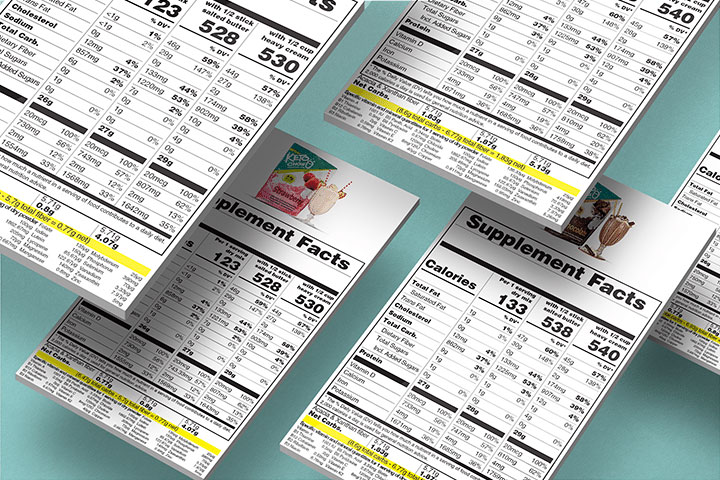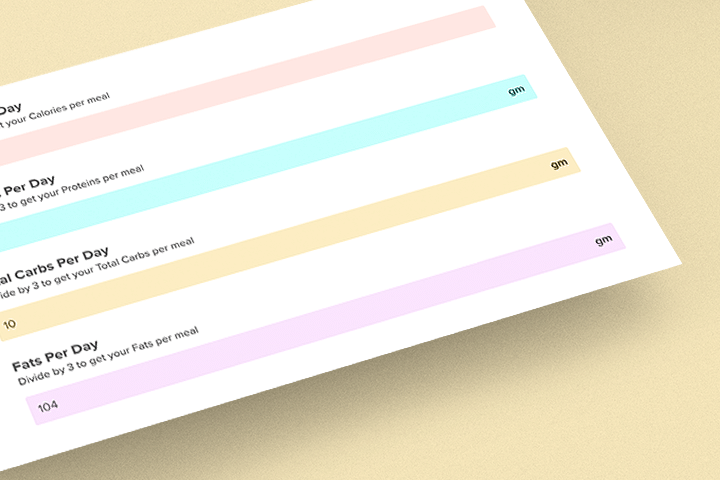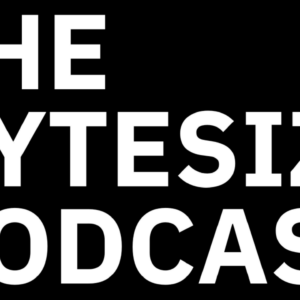This post goes along with the recent “Password Security” post: it has absolutely nothing to do with Keto Chow but is something that has come up multiple times on our live streams and people have asked for a written version so they can “play along at home!” I’m going to tell you how Miriam and I got our monthly expenses under control and how we were able to finally stop stressing about mortgage payments. We STILL use this to make our monthly payments.
What is an “Equity Accelerator” Program anyway?
OK, this all started when we received a letter from our home mortgage provider saying that for a “low” fee, we could enroll in a program that would help us pay off our house quicker. There are a few well-documented ways to do this that many people know about, like paying twice a month, or adding a small amount to each payment to pay more on the principal. This particular one would take half of your monthly mortgage payment every other week. That causes there to be 2 times a year that 3 payments would occur in the same month, meaning you would end up making an extra house payment, thereby paying off your mortgage more quickly.
Sounds like a good plan… until you read the fine print of the program. It was something like $60 a year to be in the program, which isn’t too bad. They would set up a bank account to take the bi-weekly payments and then they would apply the payments once a month with the extra payment at the end of the year. It would have been better to have the payments applied each time, holding on to them got the program managers a lot of interest-free money. I thought joining their program was stupid, so we made our own but we decided to use it for far more than just our mortgage!
Step 1: contact your bank and create a new checking account.
We actually used our Credit Union, but it’s not far off. Setting up the additional checking account only took a few minutes and some signatures, we also had them do a visa credit card so that we could make payments using that as well as the checking/direct debit. With our credit union we were able to link the accounts so we could see all of them, transfer funds, even set up AUTOMATIC transfers – which is pretty critical for this to work properly, you’ll be setting up an auto-transfer for every bi-weekly pay period if that’s how you get paid.
Step 2: find all your fixed monthly expenses.
Look at all the stuff you pay for every month, or on a regular basis. Car insurance. Car Payments. Utilities. Mortgage or rent. Do you routinely donate to a charity? Include that. Is your car insurance only taken every 6 months? great, let’s add that too (this requires more advanced math).
Monthly Bills
| Monthly Bills | ||
|---|---|---|
| Bill | Amount | Due on |
| House Alarm | 20 | 1 |
| Mortgage | 1000 | 15 |
| Internet | 100 | 1 |
| Sewer/Trash | 100 | 1 |
| Insurance | 300 | 15 |
| Cell Phones | 100 | 1 |
| Totals | 1620 | |
| half | 810 |
All the numbers above are completely made up for illustrative purposes. In this example, there are $1620 in monthly bills that are the same every month, with half of that amount being $810.
Step 3. Set up an Auto-Transfer to fund the second account.
Using this example, I would set up a bi-weekly transfer that would move the $810.00 a day or so after I typically get my paycheck. If your household gets two paychecks you could even have this set to transfer 1/4 of the monthly total each paycheck if they come at different times. The end result you are looking for is the total monthly payments being there ready to pay out each month. You can even round UP the amount a little so there’s a steadily growing buffer.
Step 4. Use auto payment with the new account
Some payments can use an auto payment with a credit card, for others you will need to set up a recurring bill payment. How, exactly, you set this up will depend on the bills and the tools available through your financial institution. Most consumer accounts allow bill payments with automatic settings, and that may be how most of them are set up. The “Due On” column will help you figure out what day of the month to set up the bill payments.
Step 5. Let it run!
The account will sit there and happily build up money. If you pay attention to it you will see that twice a year there will be more in the account than is needed to pay the monthly bills. I would usually wait until the following month so that you don’t have to worry about draining the account and there not being enough. Ideally, you would use some/most of the funds to pay down your mortgage but for us, the greatest advantage was simply not having to worry about monthly bills anymore.























